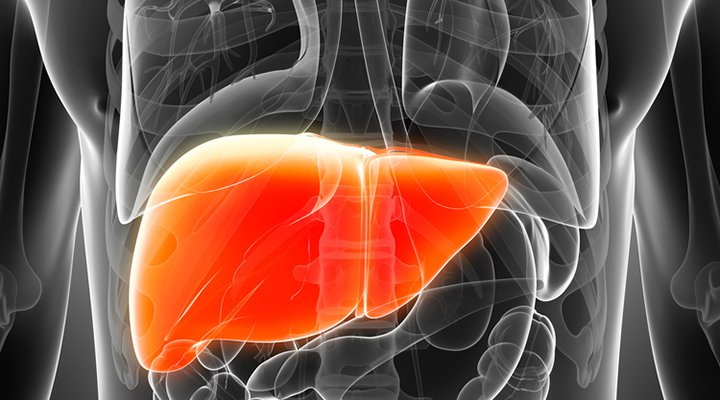
Jaundice, or icterus, is the result of accumulation of bilirubin in the bloodstream and subsequent deposition in the skin, sclera, and mucous membranes. The normal range for total bilirubin is 0.2 to 1.2 mg/dL. Jaundice may not be clinically evident until serum levels exceed 3 mg/dL.
The underlying etiology of jaundice may be quite difficult to discern. A pointed history and physical examination is of utmost importance. By using this approach, an accurate diagnosis is possible in approximately 85% of patients.
Viral hepatitis (A through E): The viral hepatitides A, B, C, D, and E all have the potential to cause jaundice.
The relative frequency of hepatitis A as a cause of acute hepatitis has decreased in Western society. Improvements in hygiene, public health policies, and sanitation have had the greatest impact on hepatitis A. Vaccination and passive immunization have successfully led to some reduction in illness in high-risk groups.
Hepatitis B virus (HBV) frequently causes acute hepatitis and is the most common cause of chronic hepatitis worldwide. HBV is transmitted hematogenously and sexually. The outcome of this infection is a complicated virus-host interaction that can result in either an acute symptomatic disease or an asymptomatic disease.
Hepatitis C virus (HCV) is the leading cause of chronic viral hepatitis in the Western world. Infection with HCV is self-limited in only a small minority of infected people. Chronic infection develops in 70% to 80% of patients infected with HCV. Cirrhosis develops within 20 years of disease onset in 20% of people with chronic infection.
Hepatitis D virus is a defective virus that needs the presence of hepatitis B to cause clinically recognizable disease.
Globally, hepatitis E virus (HEV) is the most common cause of acute viral hepatitis. The virus was not initially thought to occur in developed countries, but recent reports have shown this notion to be mistaken.
HIV disease: Patients with known HIV disease represent a unique population with a multitude of possible etiologies for jaundice. Coinfection with either HCV or HBV is not uncommon. Highly active antiretroviral therapy (HAART) is a well-known etiology of drug-induced hepatitis. A wide range of opportunistic infections and malignancy can cause hepatobiliary pathology in HIV-infected patients. Autopsy studies have shown a 33% to 78% rate of infection or malignancy in HIV-infected patients that range from viral (CMV and HSV) to granulomatous (Mycobacterium avium complex) to fungal.Drug-induced hepatitis: The reported incidence of drug-induced hepatitis ranges between 0.8% and 1.5% of patients admitted to the hospital for liver dysfunction. These seemingly small numbers of patients are deceiving because the associated mortality is approximately 10%.
Inflammatory bowel disease: Approximately 3% to 6% of patients with ulcerative colitis and 1.2% of patients with Crohn disease will develop primary sclerosing cholangitis, a well-known cause of bile duct narrowing and dilation with subsequent development of jaundice. These patients are also at increased (about 18% to 20% lifetime) risk for the development of cholangiocarcinoma, an additional etiology of jaundice.
Malignant, mechanical, or hematologic causes Jaundice additionally may result secondary to malignancy, such as hepatocellular carcinoma or pancreatic cancer. A mechanical obstruction (such as choledocholithiasis) or sickle cell anemia are other possible diagnoses.
Copyright © 2018 Vaibhav Clinic. All Rights Reserved.
Powered By Zetta Spark Technologies